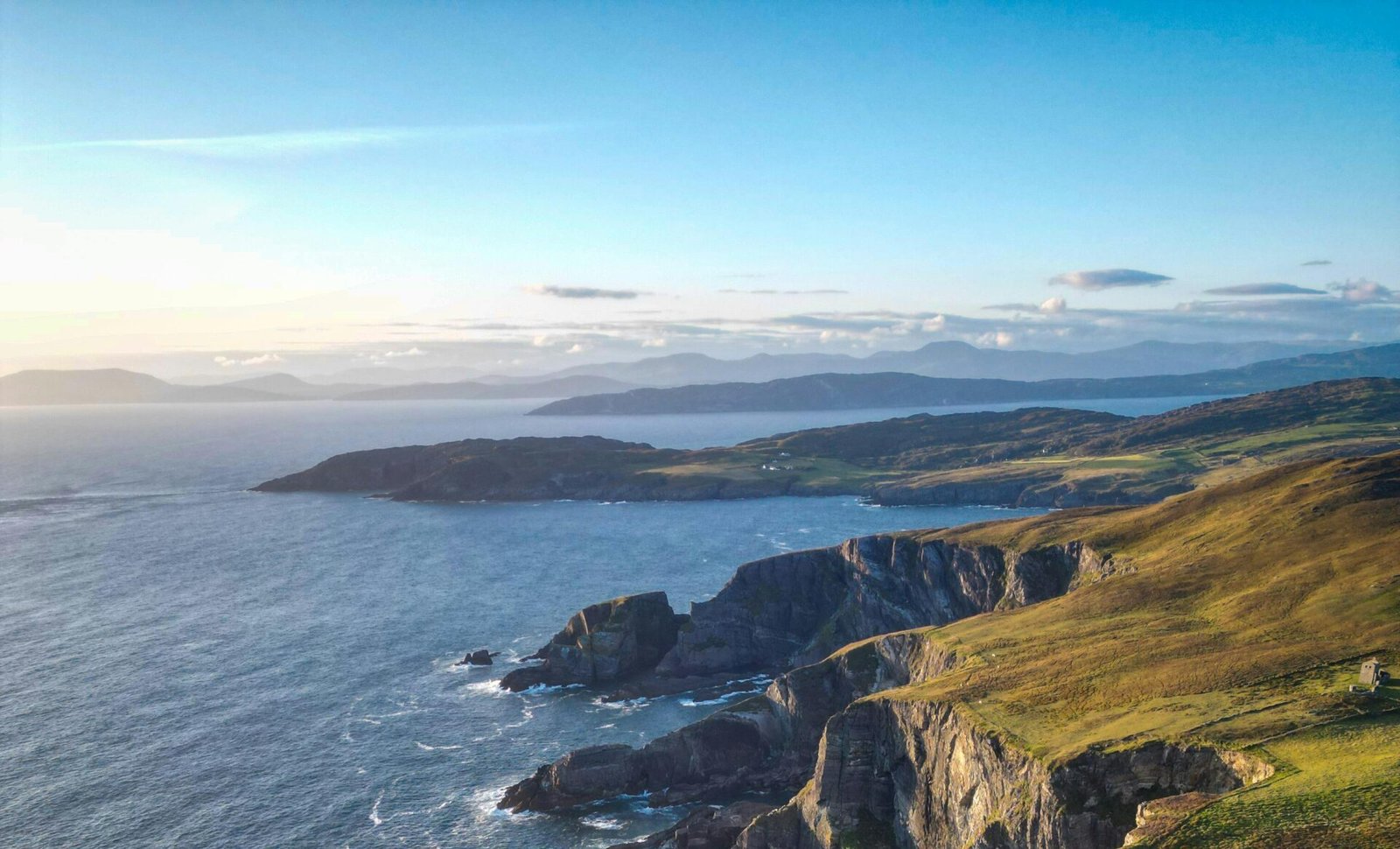Controversy upon Katchatheevu Island:
As the election campaign picks up steam, the Katchatheevu Island topic is once again set to spark contentious discussions among political parties. Located approximately 33 kilometres off the coast of India, Katchatheevu is a 285-acre piece of sea that shares a maritime boundary with Sri Lanka. This island, which is 300 metres broad at its widest point and 1.6 kilometres long, is very important historically and religiously.
Antony’s Church, a 120-year-old sacred institution that draws pilgrims from both India and Sri Lanka, is at the centre of the conflict. The territorial dispute over Katchatheevu, despite its religious significance, originated during the colonial era, and tensions increased during the post-independence period.
Officially handing over ownership of Katchatheevu to Sri Lanka, then-prime minister Indira Gandhi signed a deal with the island nation in 1974. This deal, however, caused controversy because it ignored the fishing rights of Indian fishermen, whose livelihoods have historically depended on the waters surrounding the island.
Historically, Indian fishermen have used Katchatheevu for a variety of activities, such as resting, drying their nets, and taking part in Antony’s Church yearly celebration. Indian fishermen continue to claim their right to use these seas in violation of the agreement, which occasionally results in conflicts with Sri Lankan authorities.
Fishermen from India and Sri Lanka frequently breach maritime borders in search of fish stocks, which has resulted in a continuing source of friction between the two countries due to the lack of clarity surrounding fishing rights. The conflict surrounding Katchatheevu has been made worse by reports of incidents including arrests, detentions, and even fatalities.
The topic has garnered more attention in recent years, especially during election campaigns when political parties try to take advantage of feelings related to fisherman’s welfare and national sovereignty. Proposals to renegotiate the 1974 agreement or create a fishing zone with the aim of safeguarding the rights of Indian fishermen have been prevalent in political discourse.
A long-term solution to the conflict is still difficult despite diplomatic efforts to resolve it, highlighting the intricate geopolitical variables at work. The ongoing dispute surrounding Katchatheevu is a sobering reminder of the persistent difficulties in policing maritime borders and defending the rights of coastal residents in the area.
For many years, the political climate in Tamil Nadu has been polarised by the Katchatheevu Island debate. A resolution opposing the deal giving Sri Lanka jurisdiction over Katchatheevu was passed in 1974, while the DMK government was in power in Tamil Nadu. The opposition AIADMK, however, did not back this resolution, underscoring the disagreements on the matter within the political establishment of the state.
When Prime Minister Indira Gandhi proclaimed a state of emergency in 1976, the DMK administration in Tamil Nadu was overthrown, and the situation drastically changed. The Katchatheevu dispute persisted even after the administration changed, resulting in multiple correspondence between the foreign secretaries of Sri Lanka and India.
Negotiations during these discussions led to the Wadge Bank area, another oceanic patch close to Kanyakumari, being awarded to India as a sovereign territory. The importance of territorial disputes in maritime zones is further highlighted by the Wadge Bank area’s reputation as one of the richest fisheries in the world.
But the Katchatheevu controversy flared up again in the 1990s, mostly because of claims that Indian fishermen were bottom trawling in Sri Lankan seas. Controversial fishing practices like bottom trawling exacerbated tensions between the two countries and rekindled discussions over fishing rights and maritime boundaries.
When Jayalalithaa became Tamil Nadu’s chief minister in 1991, she fought for Indian fishermen’s fishing rights and the restitution of Katchatheevu. The civil conflict that was going on in Sri Lanka at the time complicated international negotiations and prevented any real progress on the matter, thus despite her best efforts, the demand went unfulfilled.

The Katchatheevu issue reached a turning point in 2009 with the end of the civil war in Sri Lanka. Tensions between the two nations grew worse as the region began to stabilise and there were more instances of Indian fishermen being detained by the Sri Lankan navy for fishing in disputed waters.
Jayalalithaa made history in 2008 when she petitioned the Supreme Court, claiming that Katchatheevu was part of India and could not be given up to another nation without a change to the constitution. She then redoubled her efforts in 2012, asking the Supreme Court to reconsider the petition, indicating her intention to oppose the current order and defend what she believed to be India’s legitimate claim to the island.
Particularly in light of previous agreements, current political dynamics, and geopolitical concerns, the Katchatheevu story highlights the complexity of territory issues and the ongoing difficulties in resolving them. With the legal dispute raging in the Supreme Court, Katchatheevu’s future is still up in the air, symbolising the complex relationship between law, politics, and diplomacy in the fight for territorial sovereignty.
The Attorney General made a major declaration to the Supreme Court in 2014 stating that the case involving Katchatheevu was closed. He emphasised how difficult it would be to take back the island and implied that fighting would be necessary. He said that Katchatheevu had been given back to Sri Lanka by way of a bilateral arrangement, and that it now marked the maritime border between the two neighbouring countries. Even after taking a firm line, the Katchatheevu petition stayed in the Supreme Court, meaning that the legal discussions around the matter continued, even after the Attorney General’s remarks.
Afterwards, in later election campaigns, political parties deliberately used the divisive subject of Katchatheevu Island to garner as many votes as possible. Notably, leaders of the Dravida Munnetra Kazhagam (DMK) and the Bharatiya Janata Party (BJP) unleashed bitter accusations, claiming that they had practically given the island to Sri Lanka by caving in. They contended that this alleged compromise jeopardised India’s unity and sovereignty and exposed serious shortcomings in the past administrations’ efforts to protect the country’s territorial integrity.
Katchatheevu’s resurgence as a hot topic in politics highlights both its lasting relevance in Tamil Nadu politics and its strong ability to sway popular opinion. Political parties attempt to take advantage of the issue’s emotional appeal to rally support during election campaigns by appealing to nationalist feelings and portraying themselves as ardent supporters of India’s territorial interests.
But behind the heated political rhetoric and posturing, the complex legal nuances and diplomatic realities pertaining to Katchatheevu do not change. Although certain political factions may use the issue as a rallying cry, a genuine resolution would need careful analysis of past accords, international legal systems, and the larger geopolitical backdrop.
In the end, Katchatheevu’s destiny is still up for debate, both in the sacred chambers of the courts and on the hotly disputed battlefield of the campaign trail. Its ongoing significance highlights the extremely difficult tasks involved in resolving complicated territorial disputes in an area where opposing national interests and historical grievances abound.


Well explained, about this matter. Every political parties makes issues as a vote bank politics.